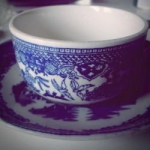The Evolution of Ladies Jeans
The first women’s jeans weren’t made for women at all.
The first jeans were sold en masse in the 1870s, made extra rugged for hard, manual labor. The Levi’s logo, a pair of mules tied to each side of a pair of jeans, unsuccessfully tearing them apart, showed the buyer what this brand was all about. Miners, farmers, cowboys, and railroad men were some of the main customers for these hard-to-destroy work pants. But, it would be sometime before women got their own jeans.
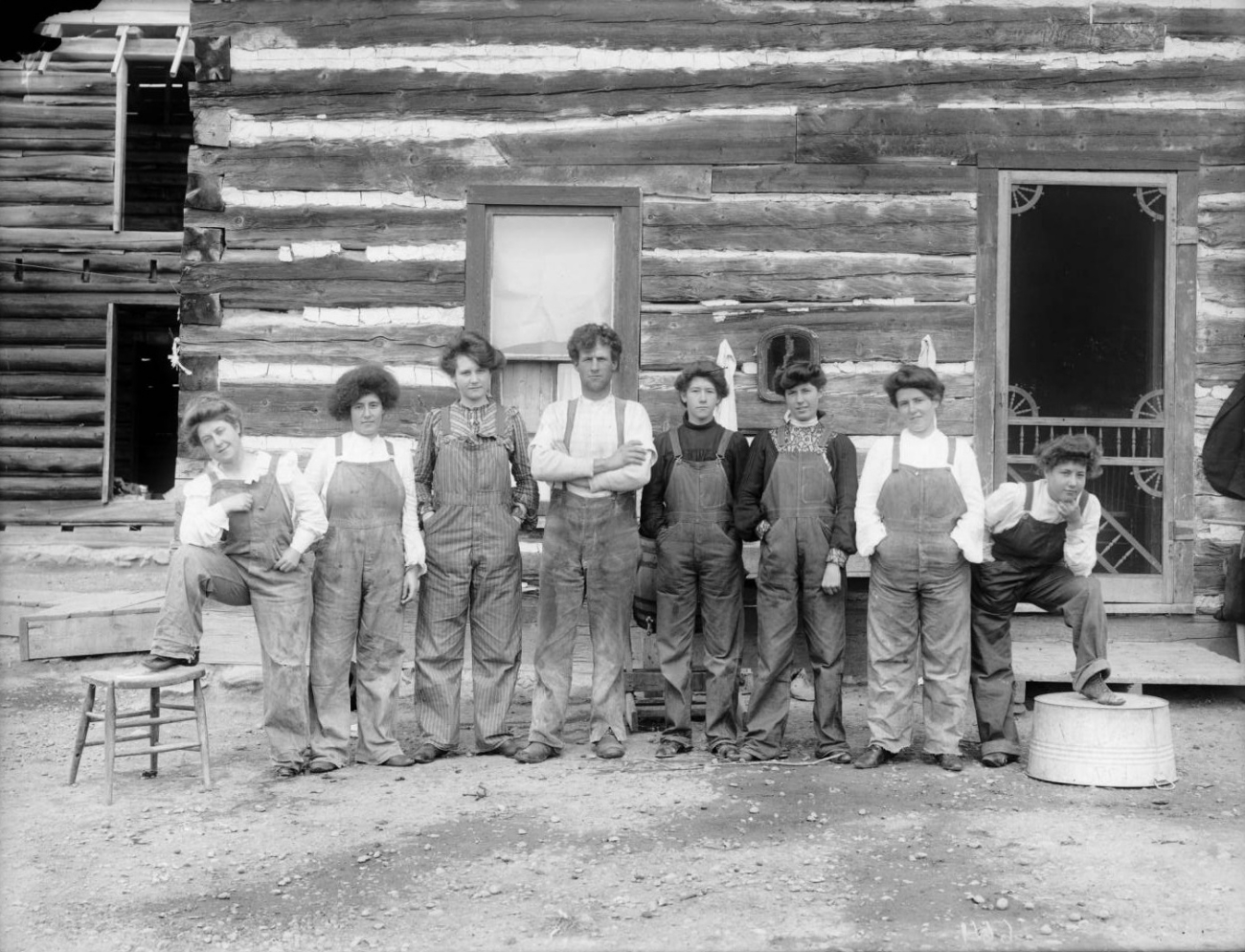
It wasn’t until closer to the turn of the century that customers, mainly women, began requesting more metal rivets be added to keep the most vulnerable points from tearing, thereby extending the life of each pair. At the time women who needed to wear jeans simply wore men’s jeans, a trend that would continue well after the first pairs of ladies jeans where sold. For an easier fit men’s overalls were a very popular choice for women who worked, however they were not as stylish as jeans were. At the time there were almost no competitors to Levi’s so the choices in denim were few.
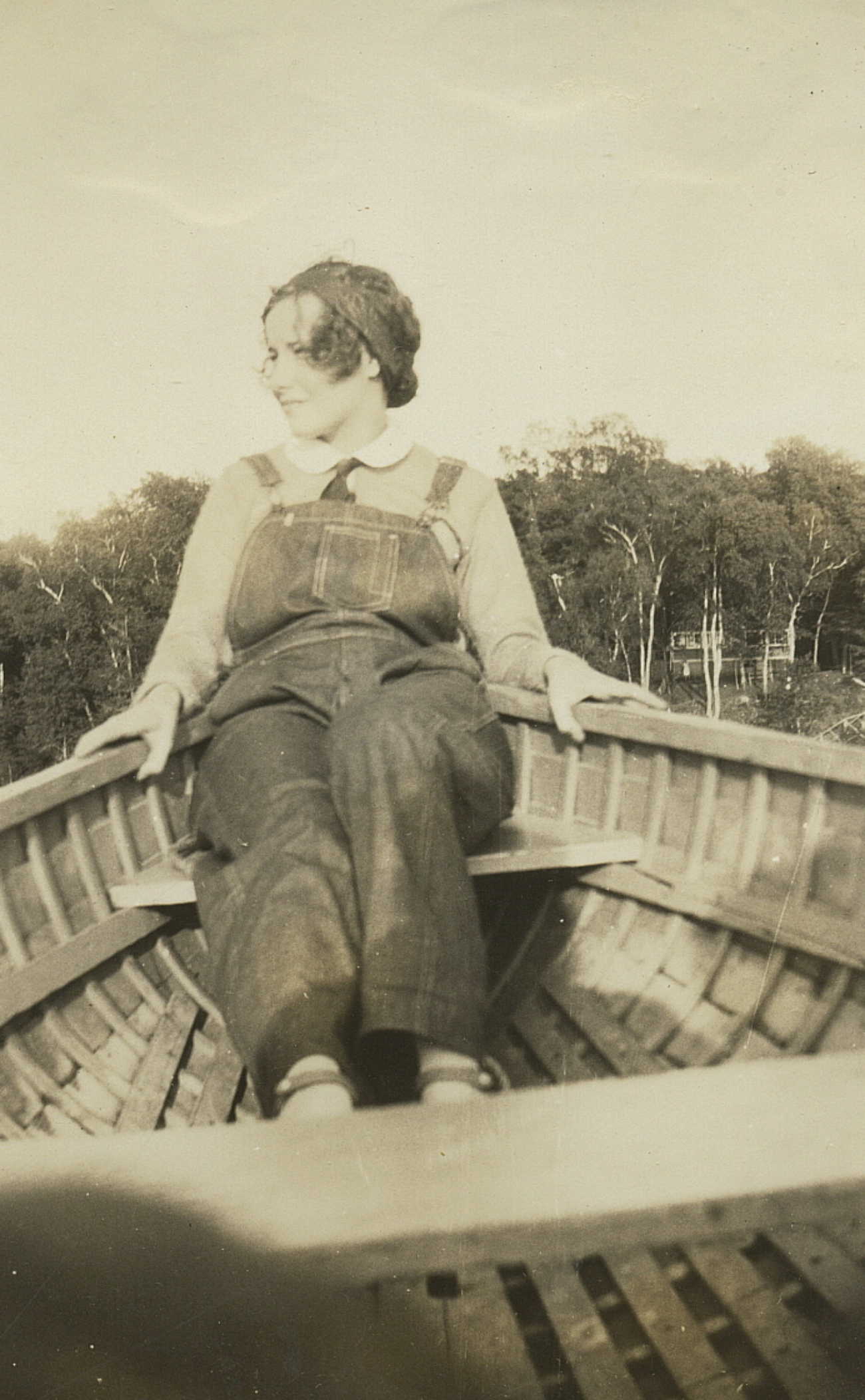
1930s
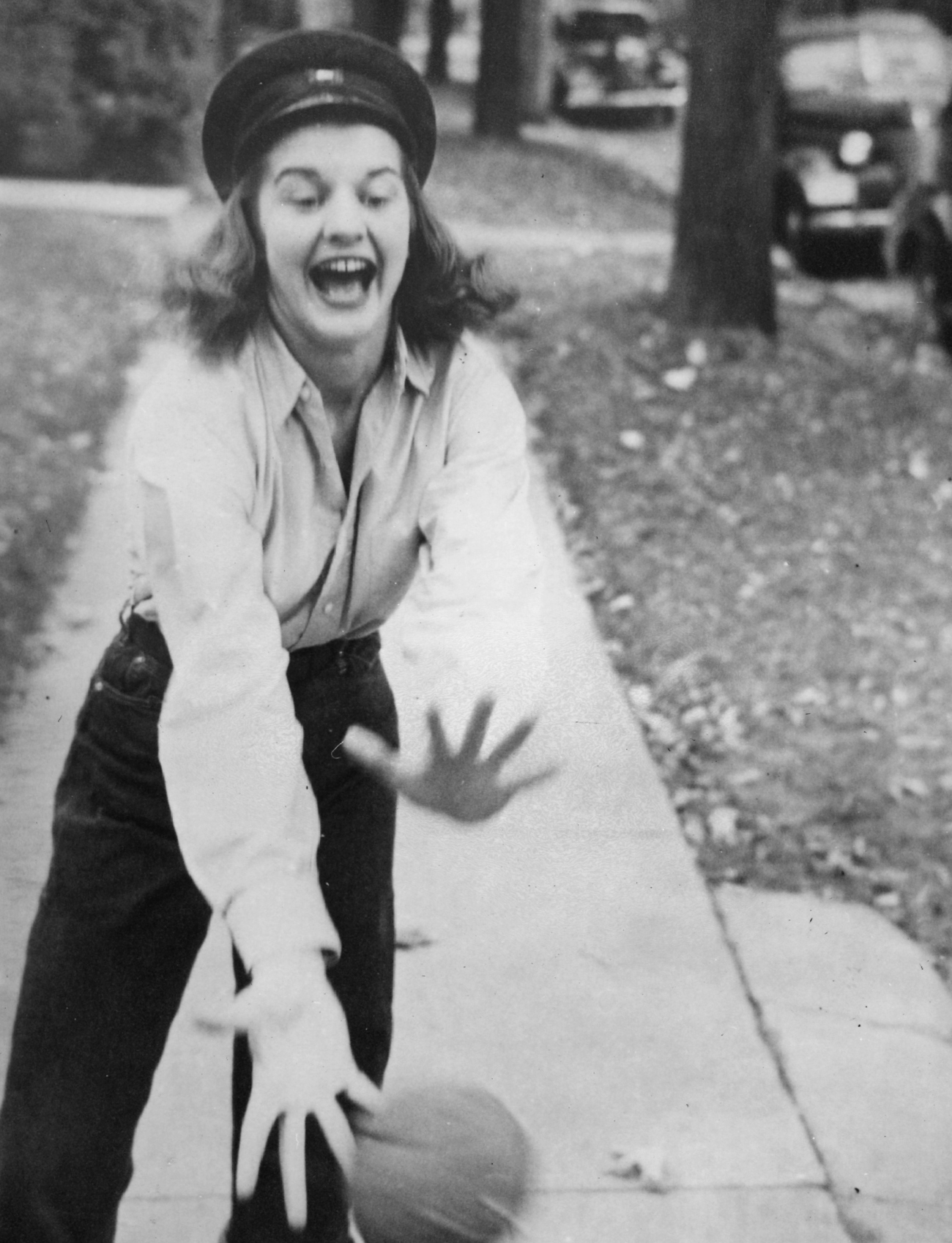
While the invention of the first pair of Levi’s for women took place in the 1930s, it wasn’t a widespread product. In fact, many of the jeans that Levi’s produced for women during this time were considered early market tests and prototypes, such as the 401 series, the oldest pair of ladies jeans in the Levi’s archives. Since most women of the era wore skirts and dresses it was perhaps not considered a profitable market to enter. The main name in denim was still Levi’s, although some clothing catalogues began to market women’s jeans in the decades that followed.
Women who wanted jeans could make their own or stick to the decades-old procedure of wearing men’s jeans, with or without alterations to make them fit better.
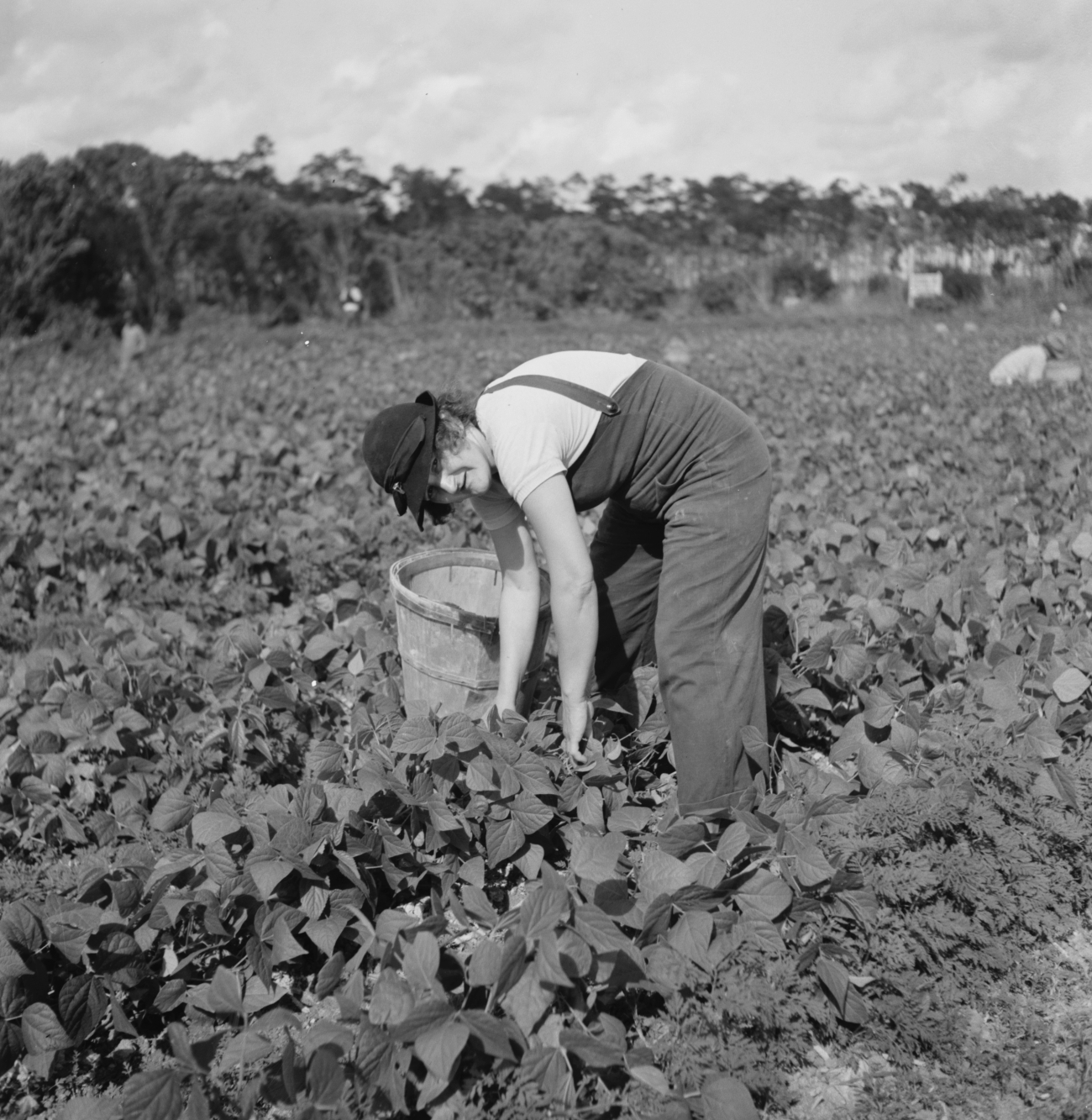
Variations for the women’s jeans included at different times built-in back belt to tighten the waist, “donut buttons”, and side zippers. The women’s series that went into full production was the Levi’s 701, a straight leg jean with deep pockets and fitted hips.
1940s
The 1940s saw women take on a variety of things once reserved for men: welding, making ammunitions, farming, and even automotive repair work. And, this went for clothes as well. Many families at the time were not only still recovering from the Great Depression, but now also had to worry about supporting households without their male breadwinners. Women’s clothing took on some decidedly masculine features as women were literally wearing their husbands’ jeans to work and re-cutting and sewing up new suits from their brother’s or father’s old ones.
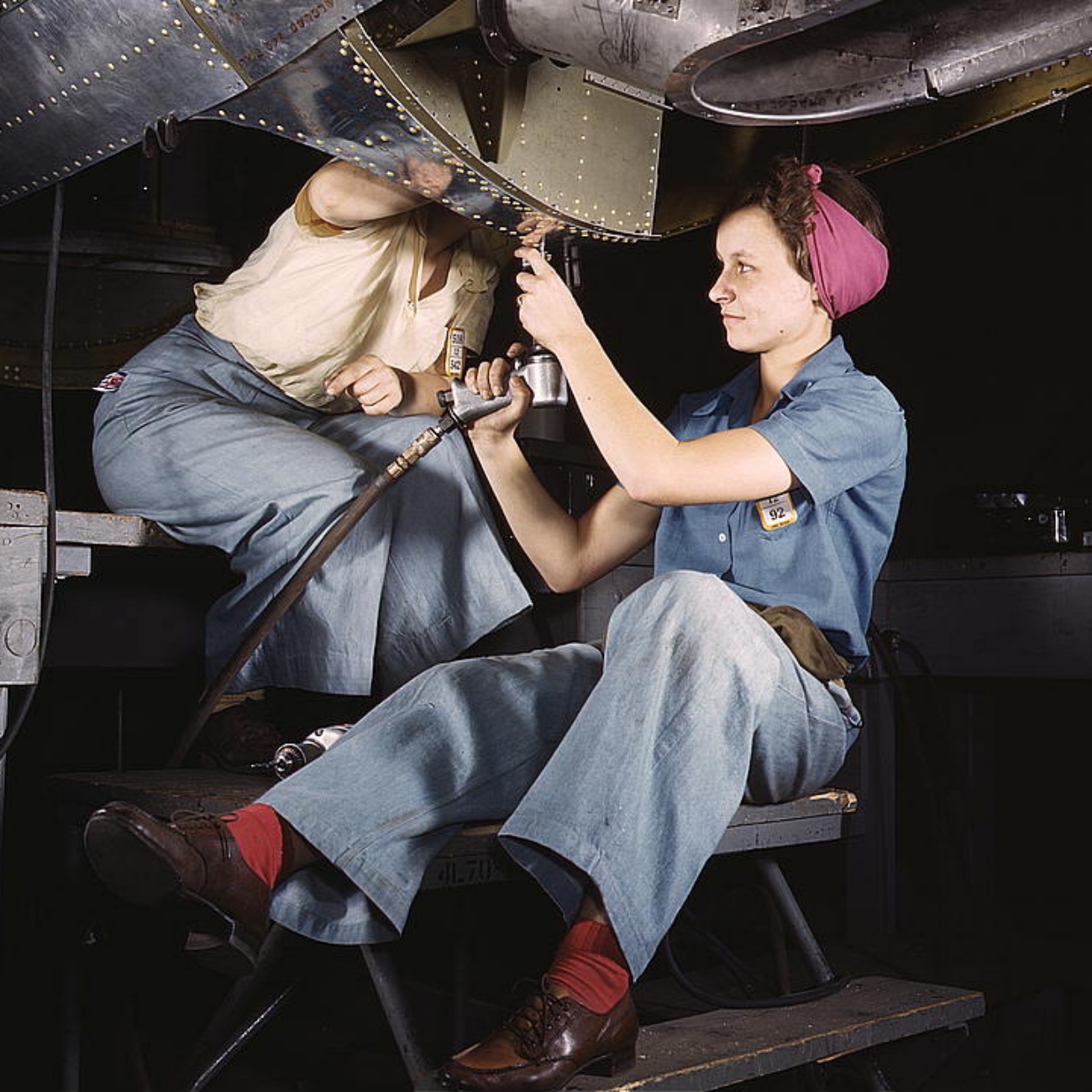
During this time sailor pants and wide leg jeans were in fashion, giving the full silhouette that was so iconic to the era. Not surprising given the types of work women were doing and the lack of ladies’ jeans, denim overalls and jumpsuits were very common for women to wear at the time, too.
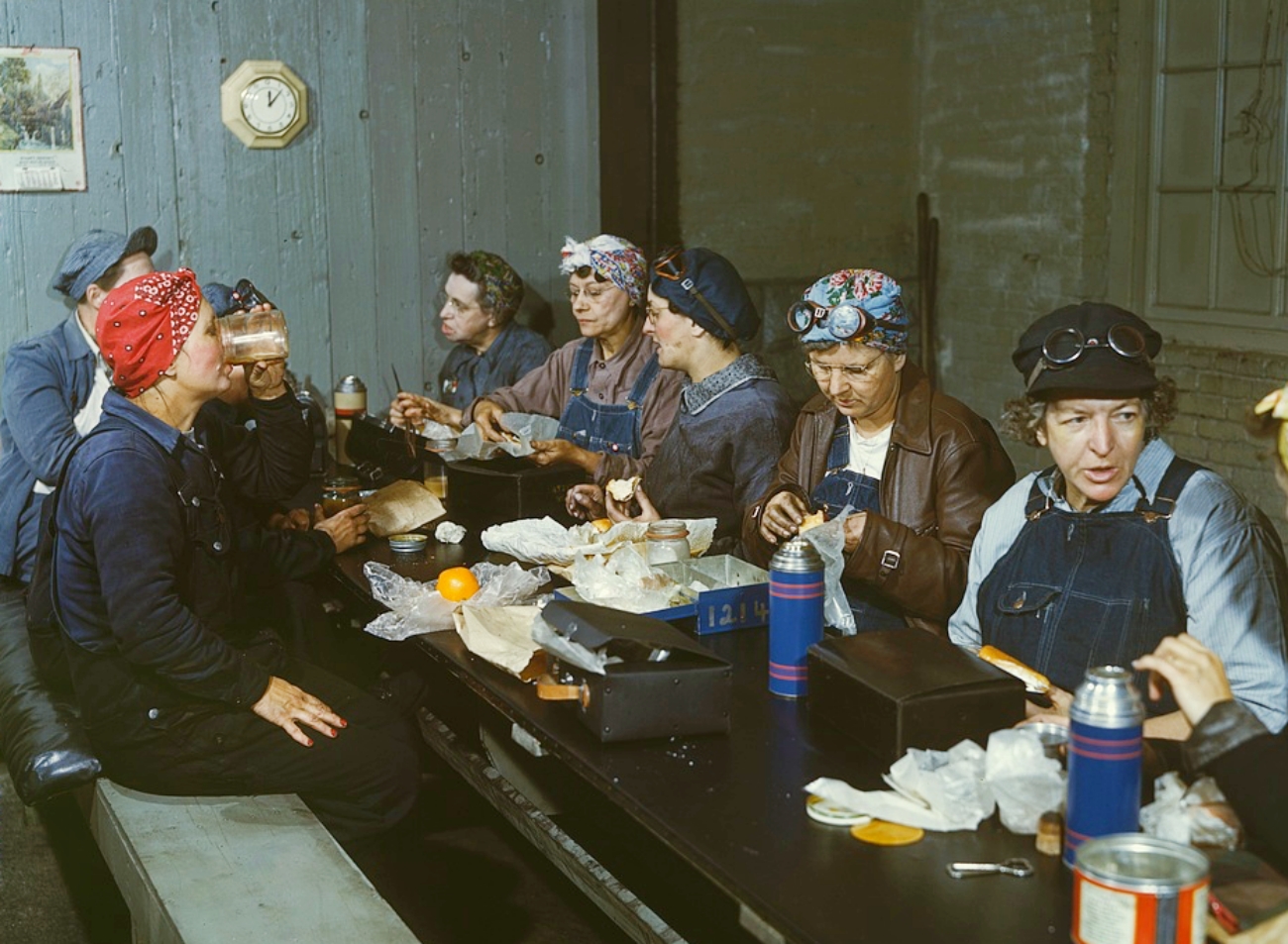
Inspired by these masculine fashions retailers in the mid to late 1940s began to offer more jeans, jackets, and shirts for women that were inspired by mens clothing and were created for casual environs like work, camping, or socializing.
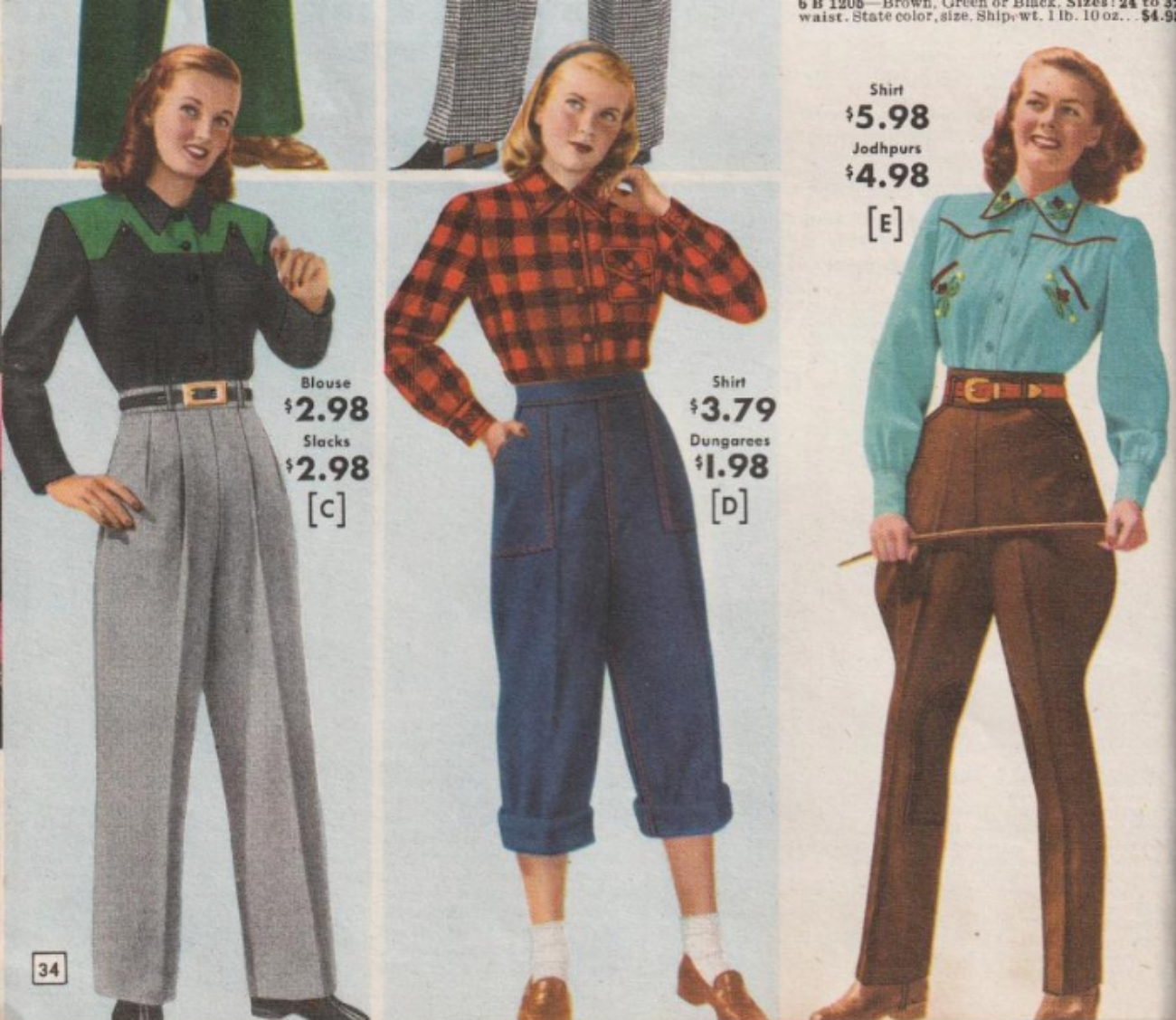
1950s
The 1950s jeans for women were either slim or straight cut. Most women were still wearing men’s jeans either baggy or tailored to fit. Flats, penny loafers, or moccasins were very popular to wear with jeans at the time, giving these pans a relaxed yet feminine air.
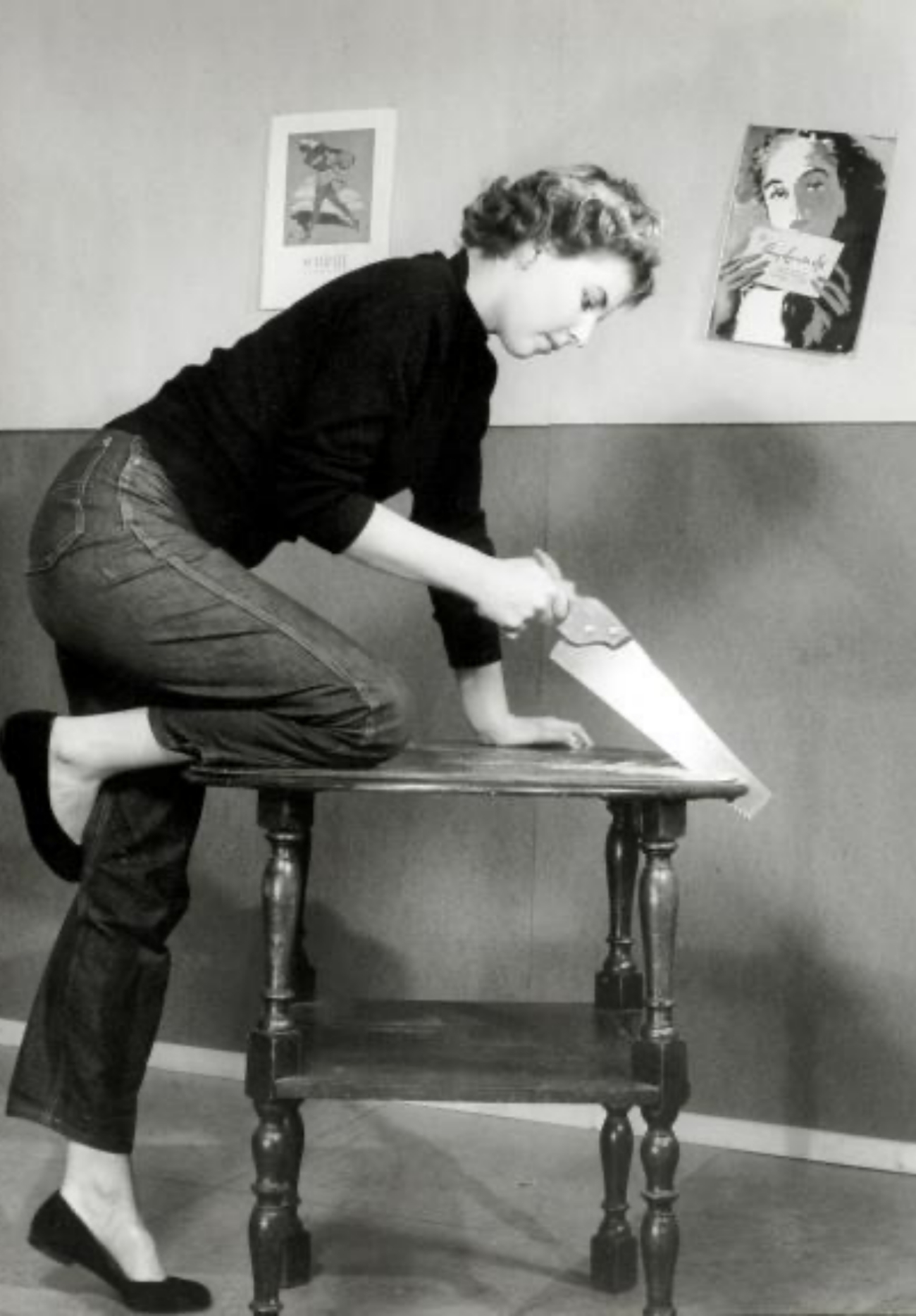
Marilyn Monroe in Clash by Night(1952) wore jeans that were slightly fitted at the waist and hips, but looser at the bottom. Many observers have speculated that she was wearing men’s jeans in 1952 that had been (a) previously broken in and (B) altered to fit her curves. Many young women did this, wearing the jeans their brothers or fathers had already worn for quite some time. In later roles she appeared to have been wearing women’s jeans. At least one pair worn both by Monroe and her stunt double in the film River of No Return has been confirmed as a pair of JC Penney’s “Foremost” men’s workwear line.
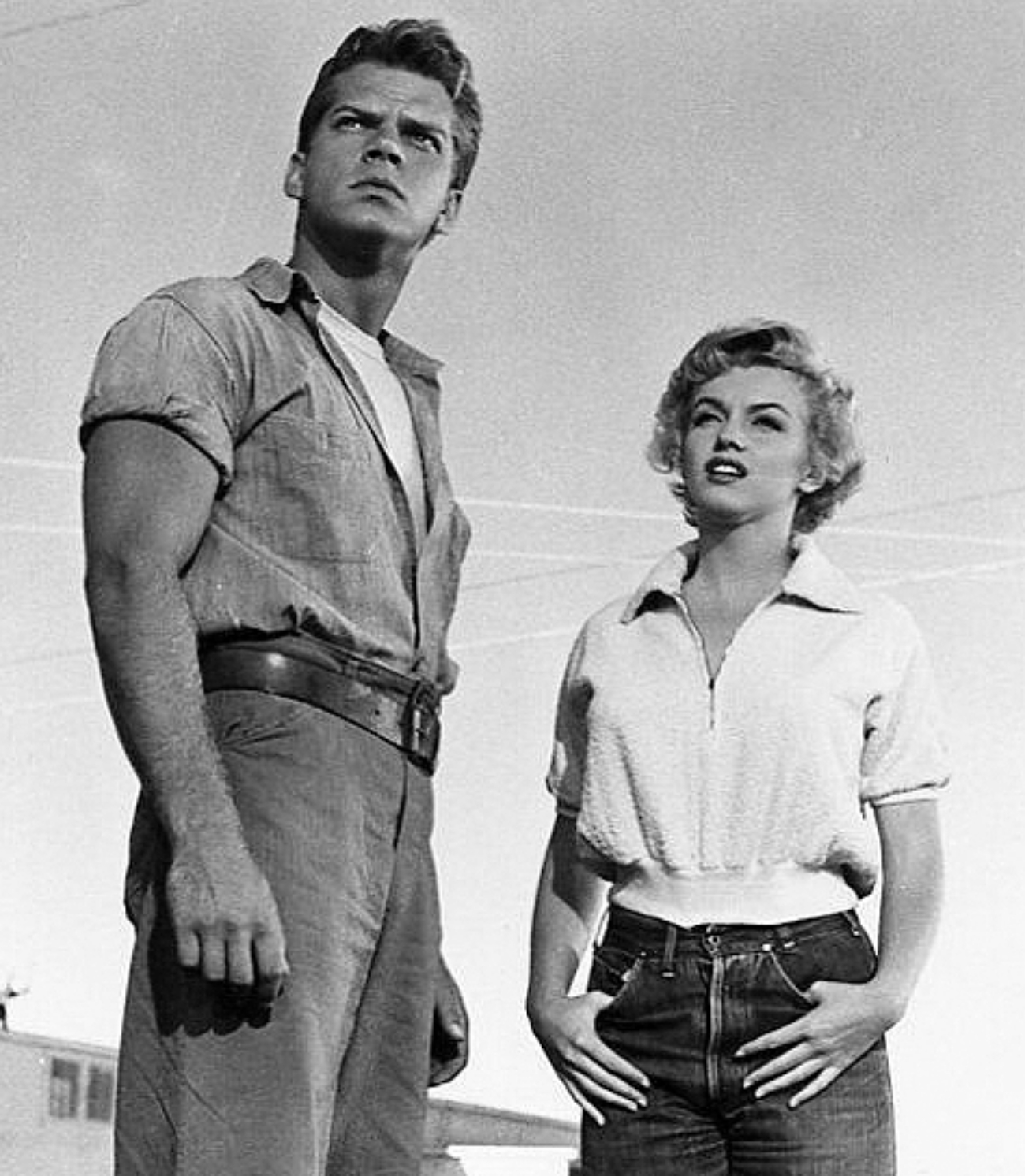
During this era the denim fabric used to make jeans was very stiff and it was considered quite a chore to break them in. So, even though the first pairs of jeans made specifically for women were sold in the 1930s, by the 1950s there still weren’t many places women could buy a pair that was both soft and well-fitting.
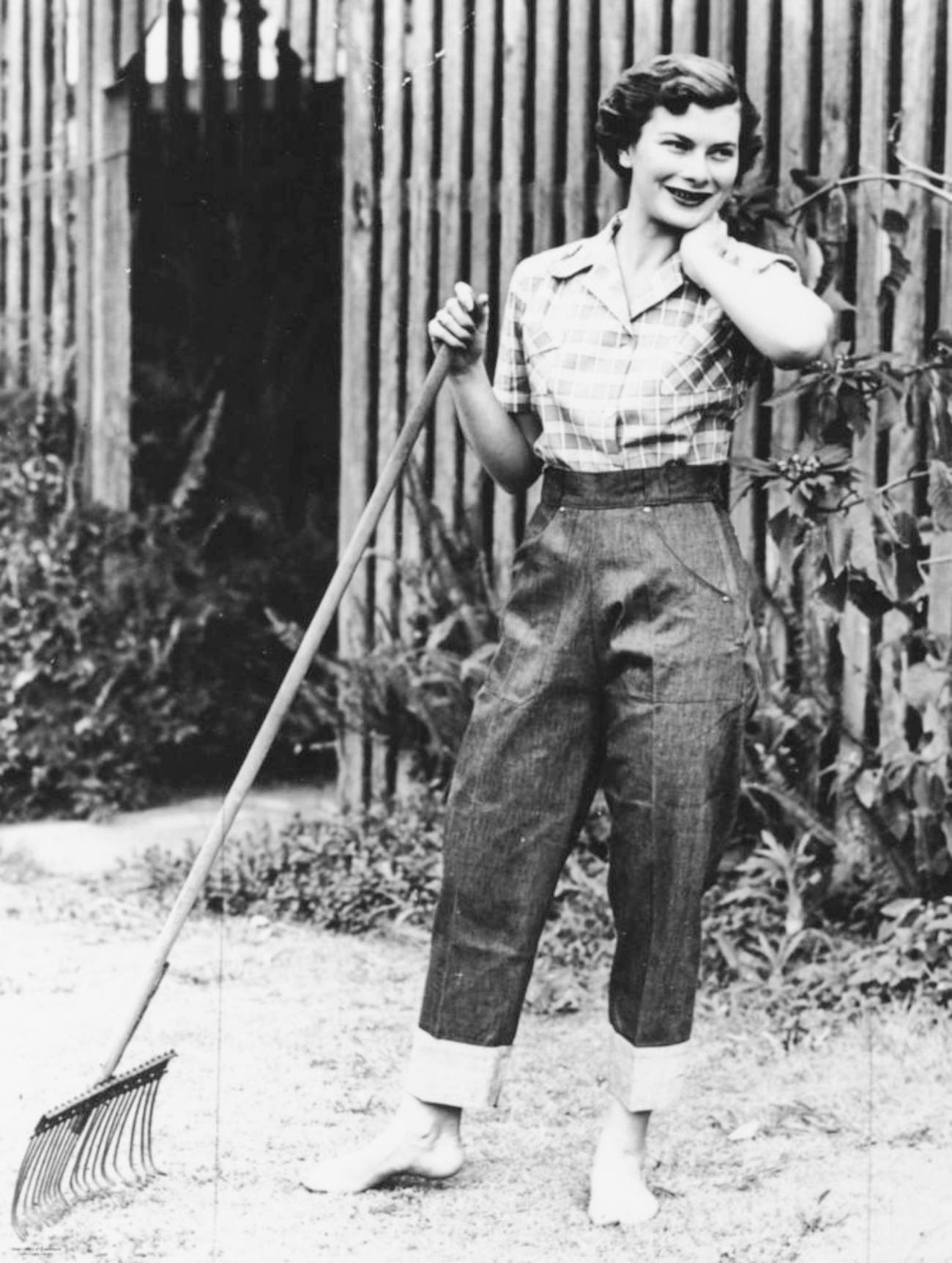
When women wore mens jeans they were often rolled at the bottom owing to being too long and some even rolled them way up to make pedal pushers!
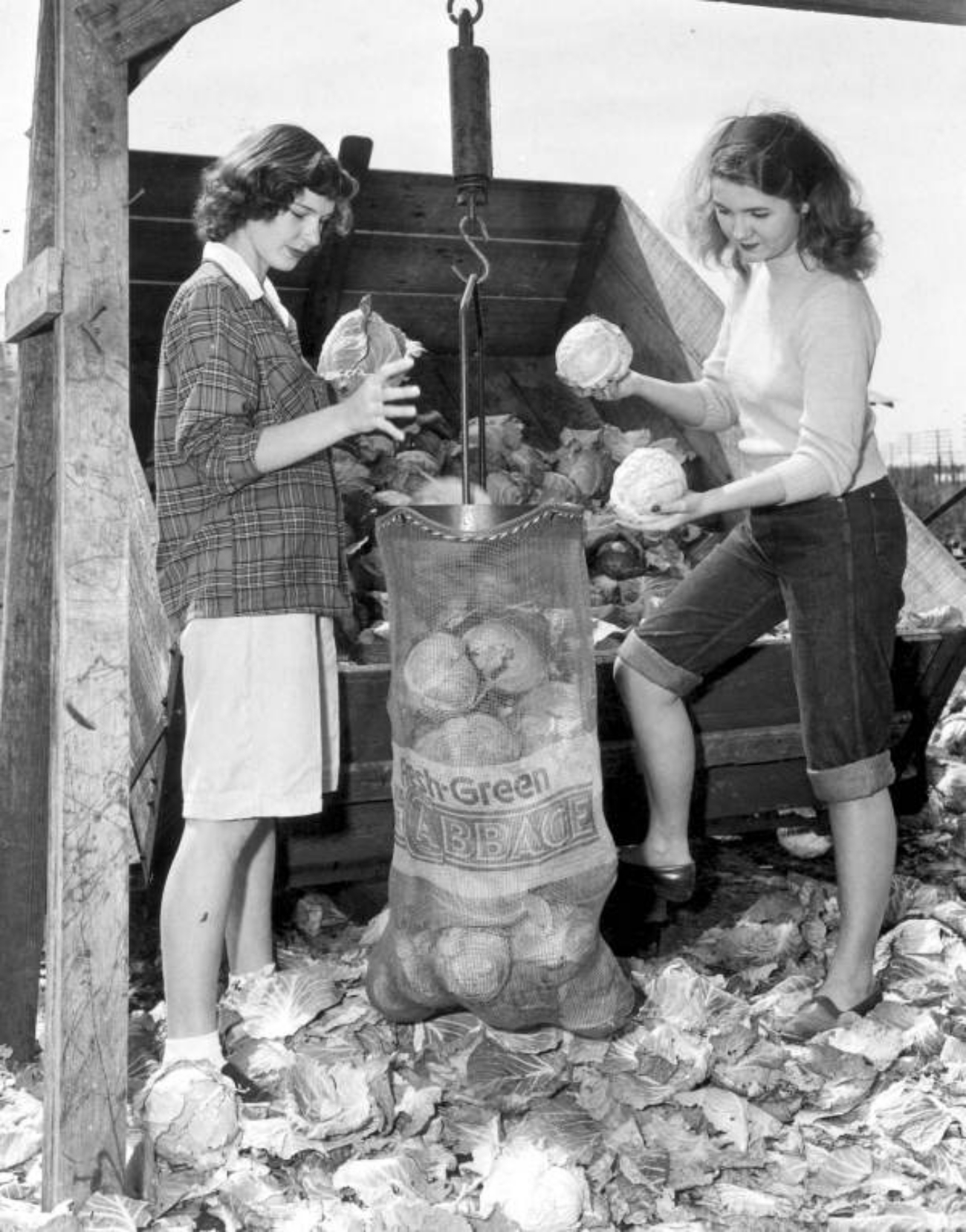
1960s
Cigarette style jeans were in fashion and later bell bottoms came into popularity in the 1960s. But, many people were still wearing the same cuts of jeans from the 1940s and 1950s, particularly women, who were not always able to find new women’s jeans to buy.
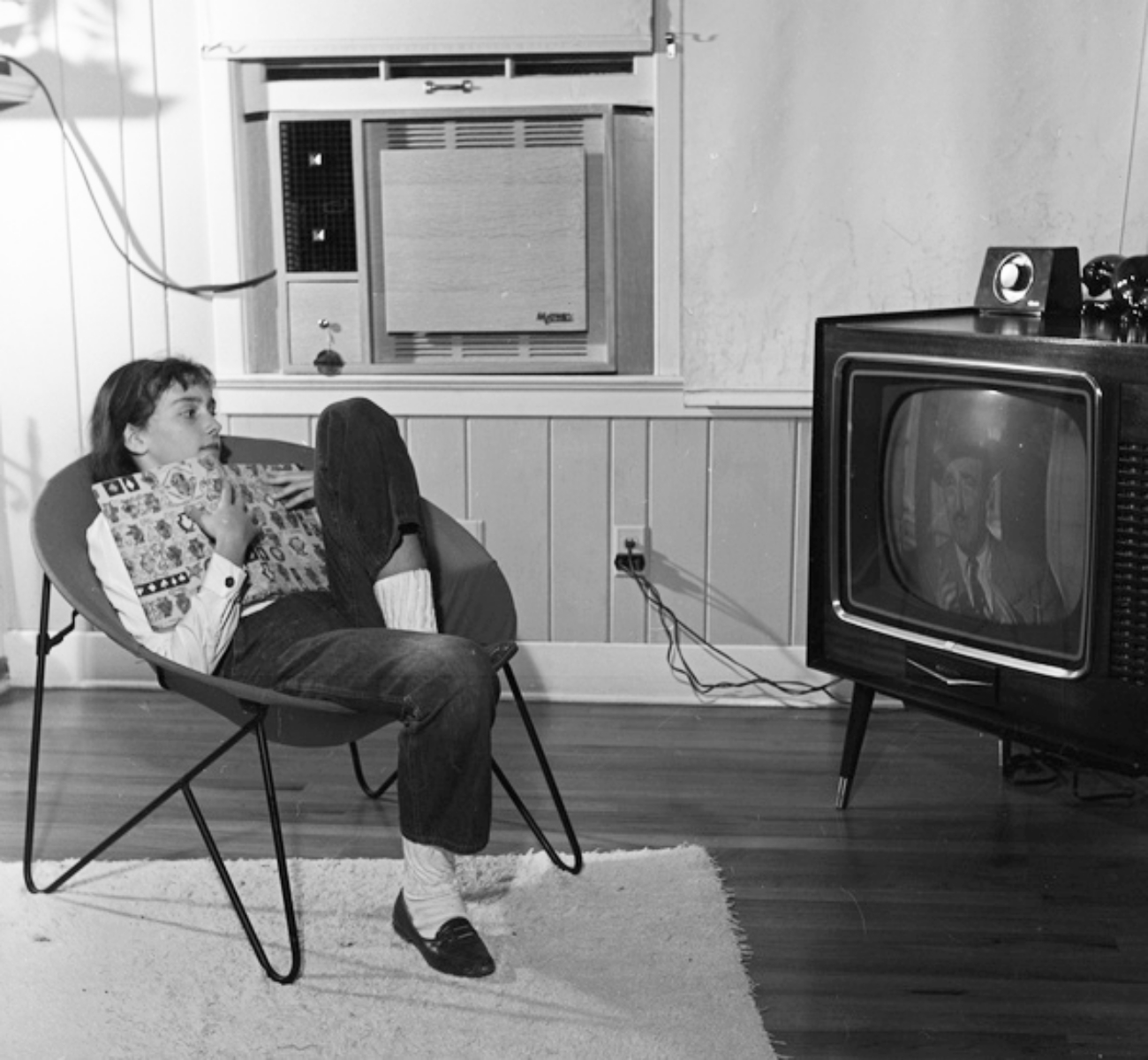
Jeans in the 1950s had been seen as youthful fashions or utilitarian work wear. But, in the 1960s jeans came into their own as fashion statements for various subcultures like hippies, bikers, mods, and greasers.
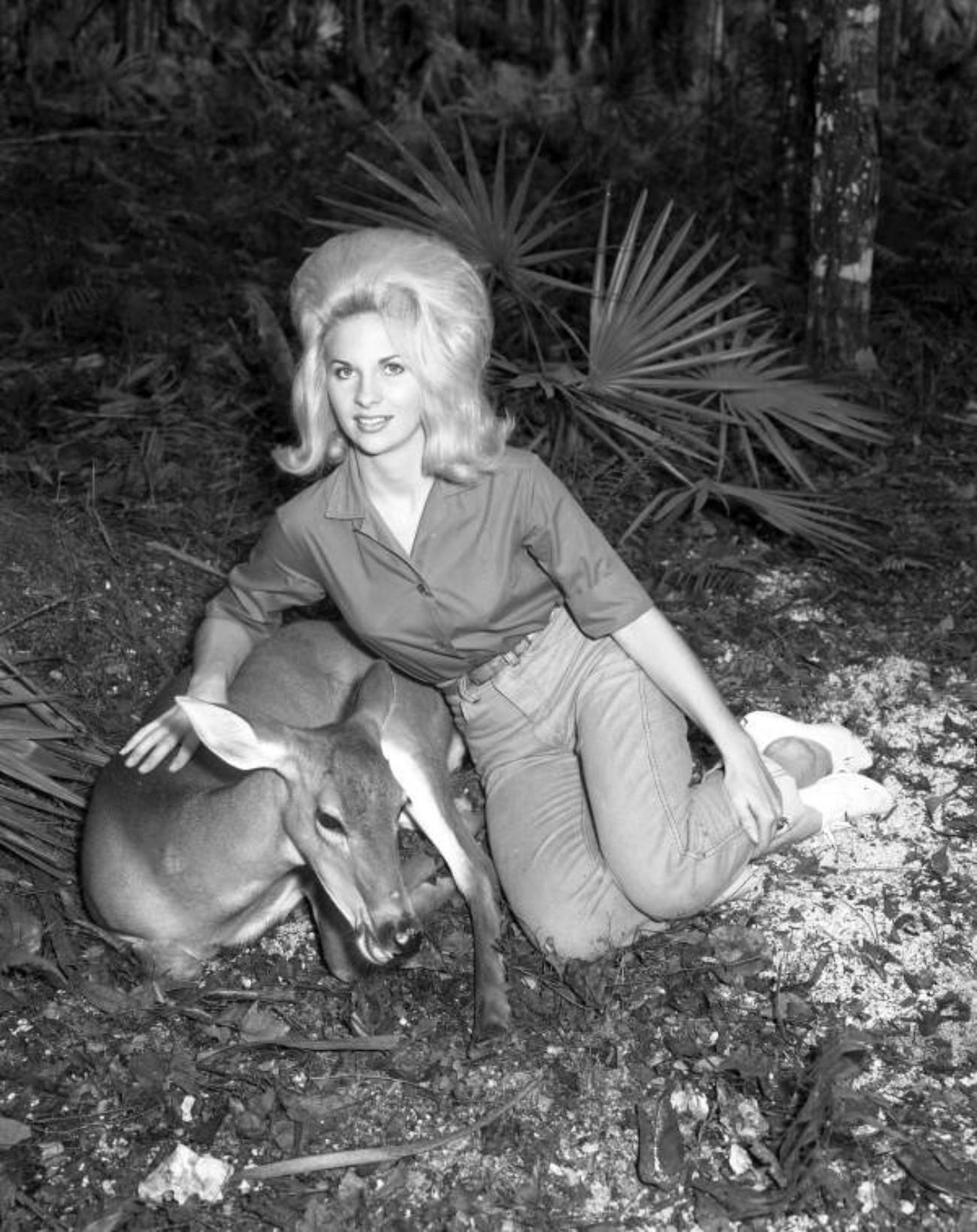
1970s
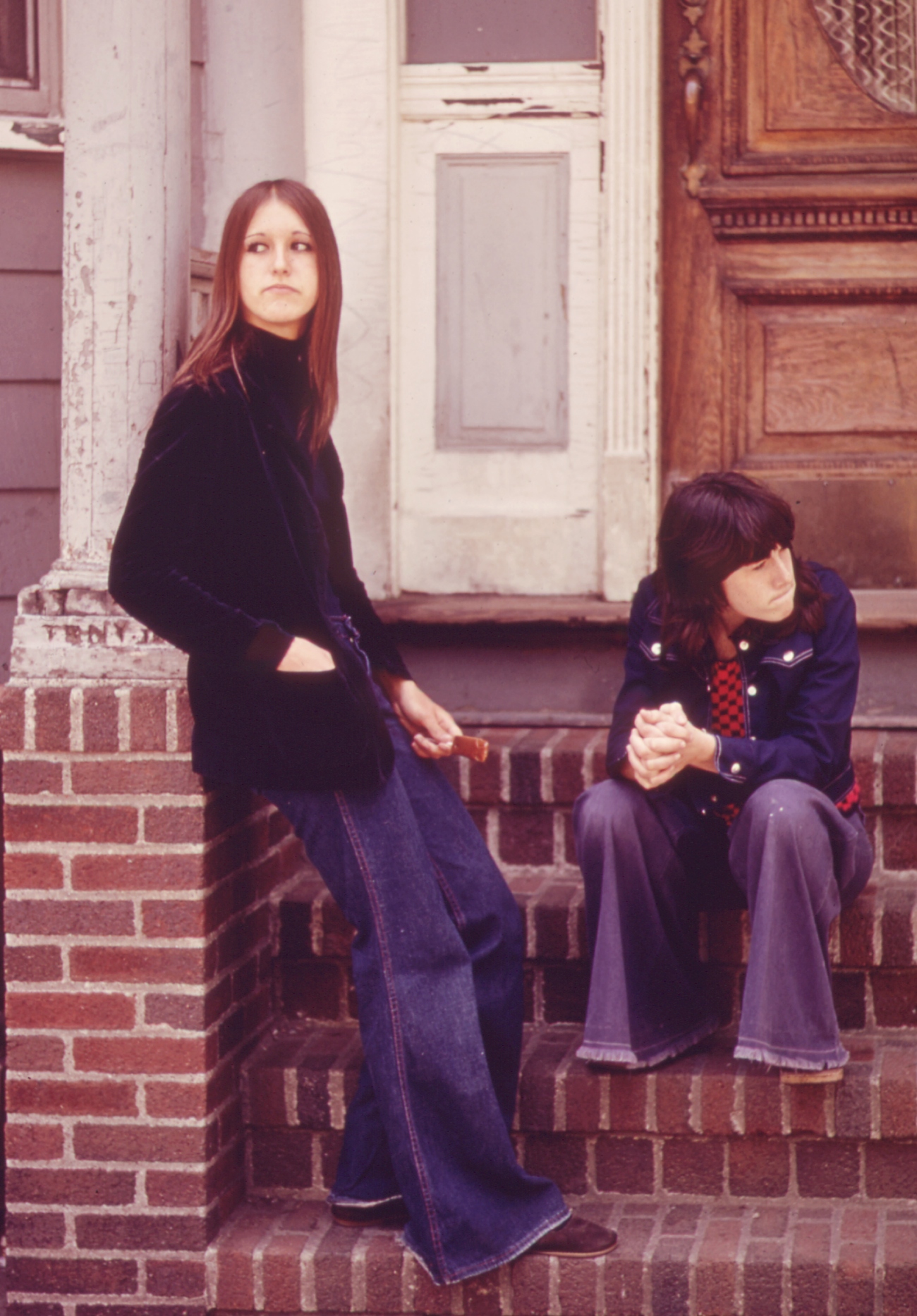
Bell bottom jeans dominated the fashions of the 1970s, along with maxi skirts and other statement-making ladies clothing. This trend marked the disco years and bled into the 1980s.
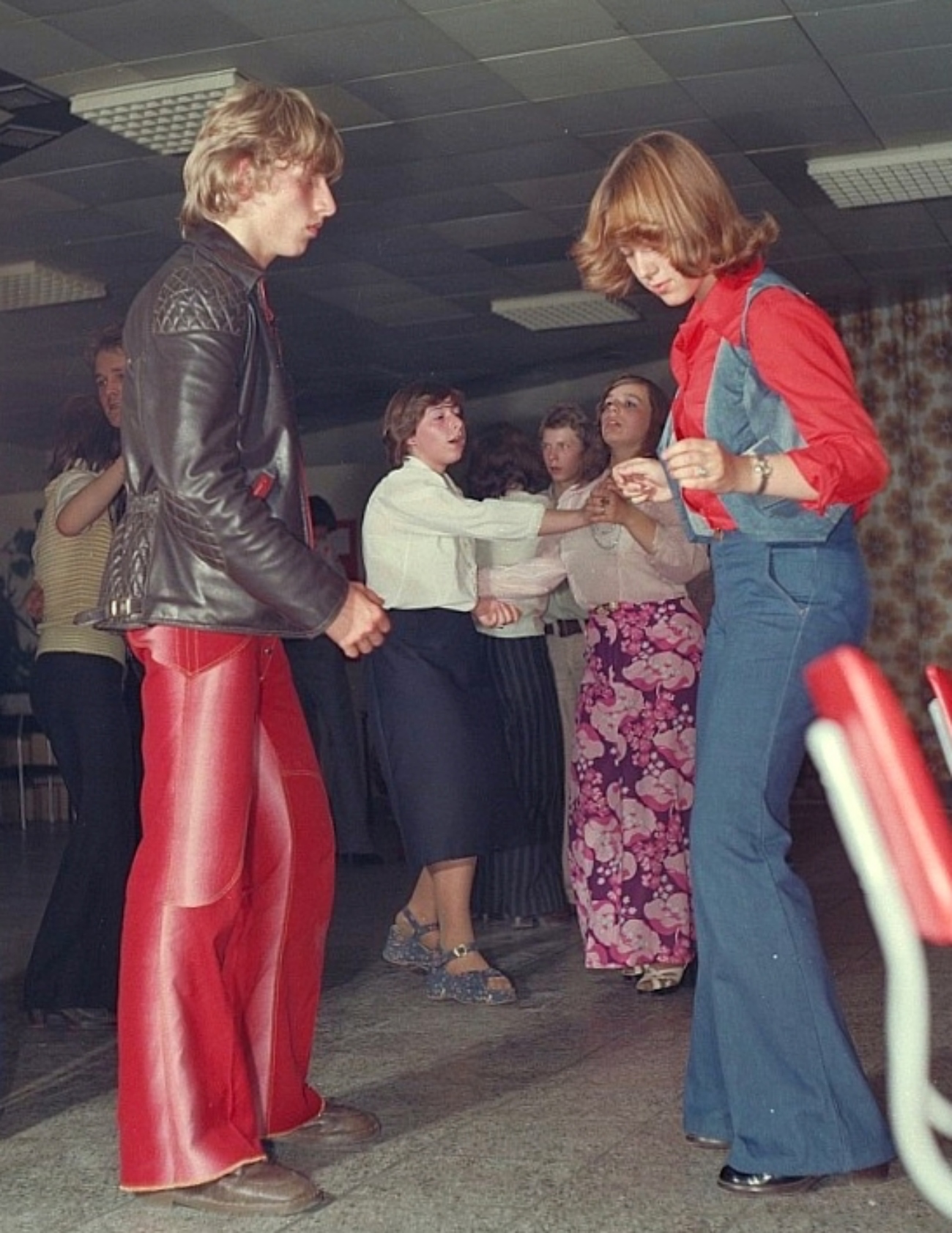
1980s
The first Levi’s 501s made for women were released in the 1980s. This style, with its straight, relaxed cut, had been popular with both sexes for decades. Now, women had a more forgiving cut for women’s bodies. These jeans made it accessible for ladies to wear jeans without having to borrow or alter men’s jeans. Around this time softer denim also came on the market, meaning there was little “breaking in” time required.
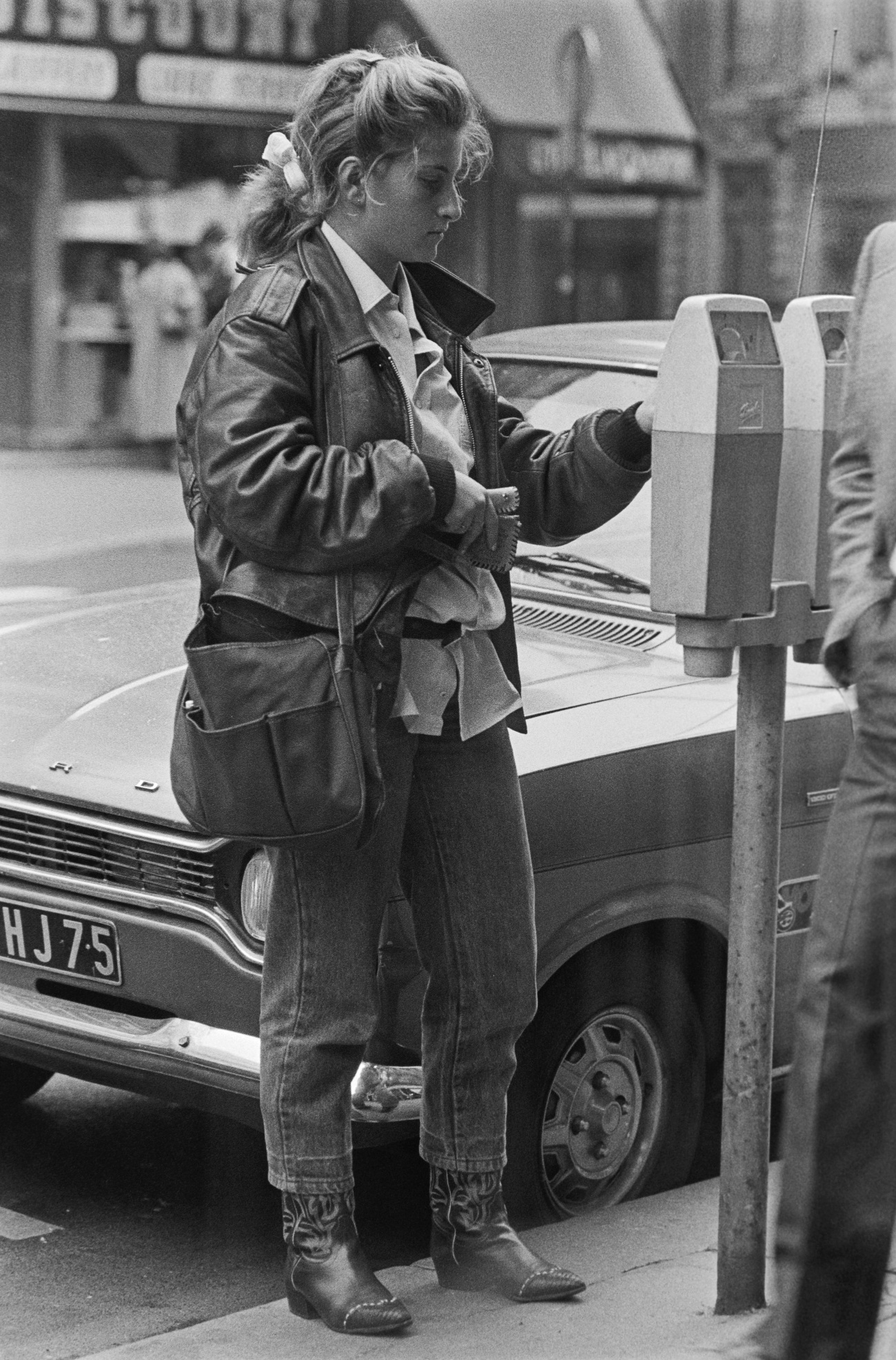
Styles in the early 1980s included wide bell bottoms, but by the end of the decade a straight style dominated many closets, as well as the tapered, pleated, jean (now more broadly referred to as a “mom” jean).
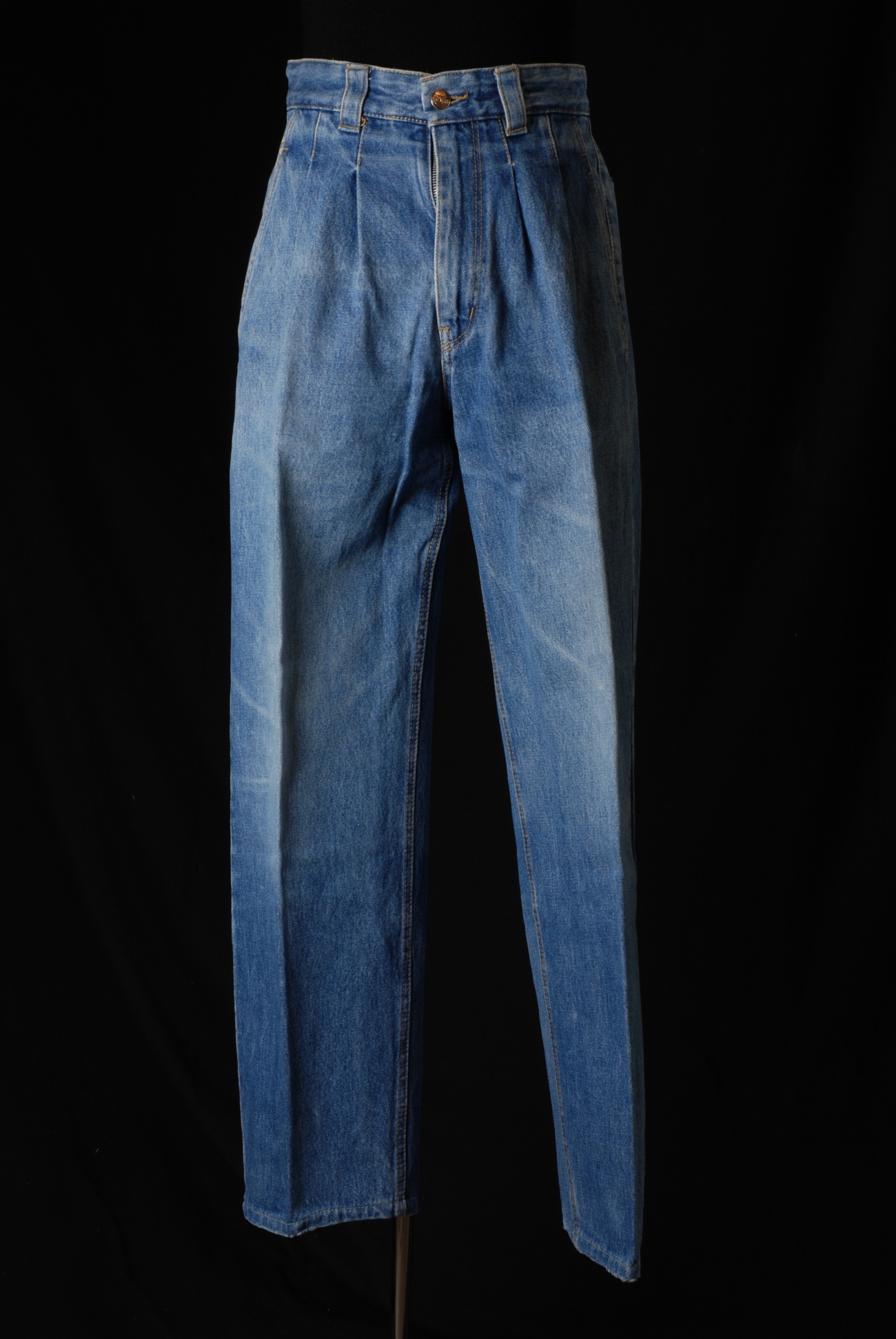
1990s
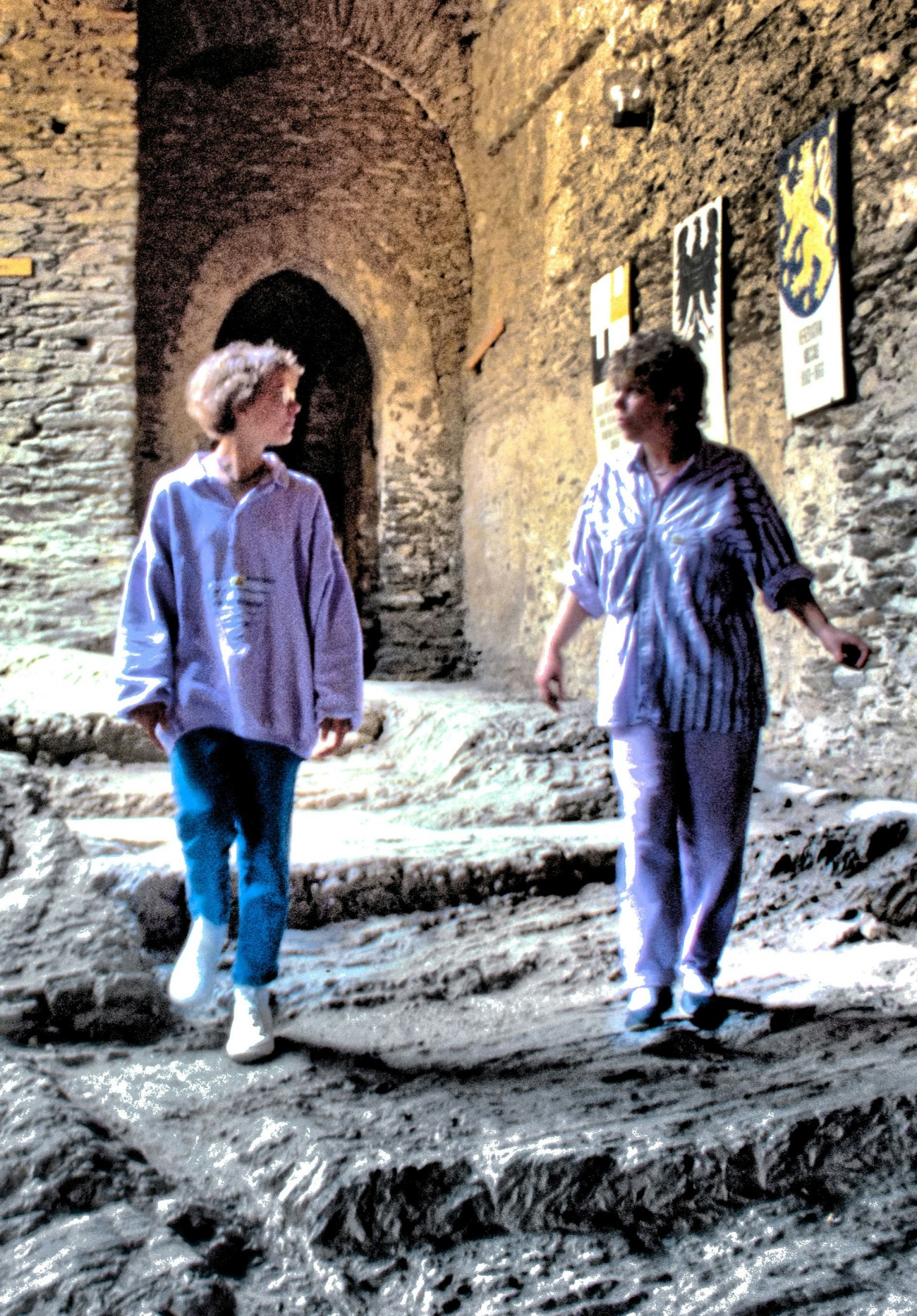
In the 1990s pre-washed and acid washed jeans came on the market, giving customers a much more comfortable feel. These jeans were far less bulky at the seams and were much softer on the skin. The world had moved on from bell bottoms in the late 1980s only to be roped back in by their curve-enhancing charm by the late 1990s.
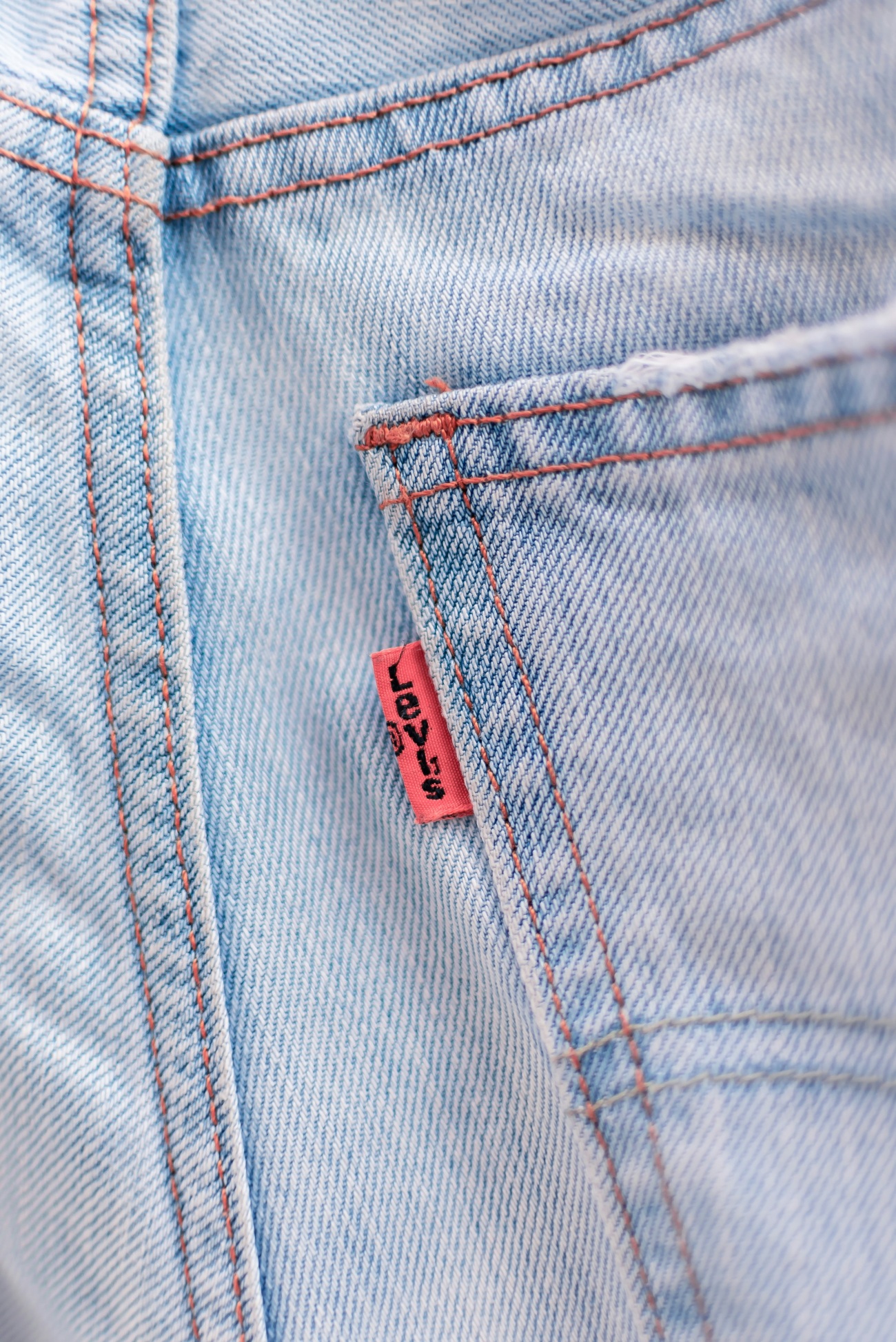
Stove pipe and wide leg jeans also their moments during this era, giving women a larger range of choices of styles that they had ever had in denim before.
2000s
Lace jeans, side lace-up panels, and bejeweled rhinestone jeans were big during this era and many brands built a name for themselves based on these decorations.
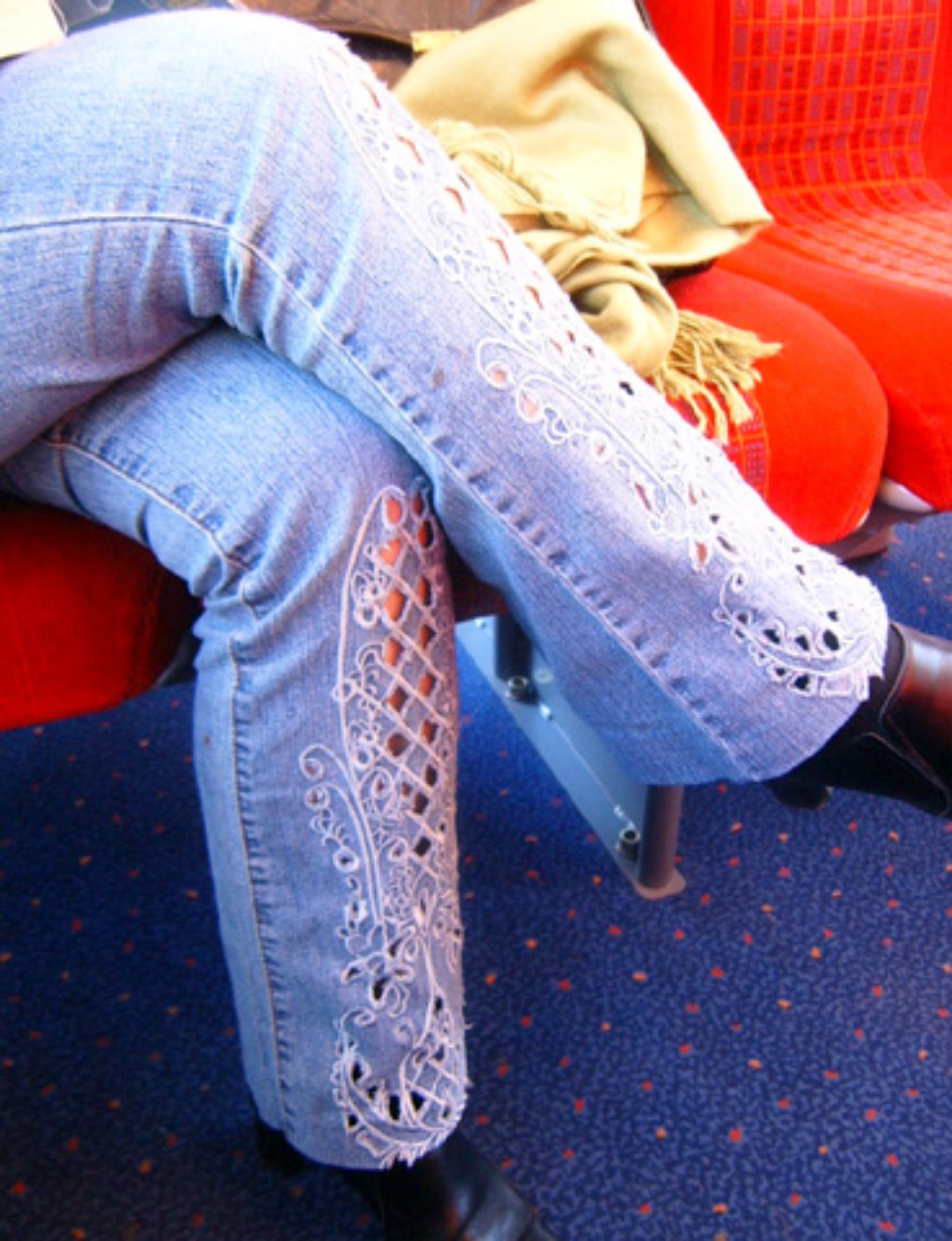
This was the era of the low rise jean, something flaunted by youthful Hollywood stars.
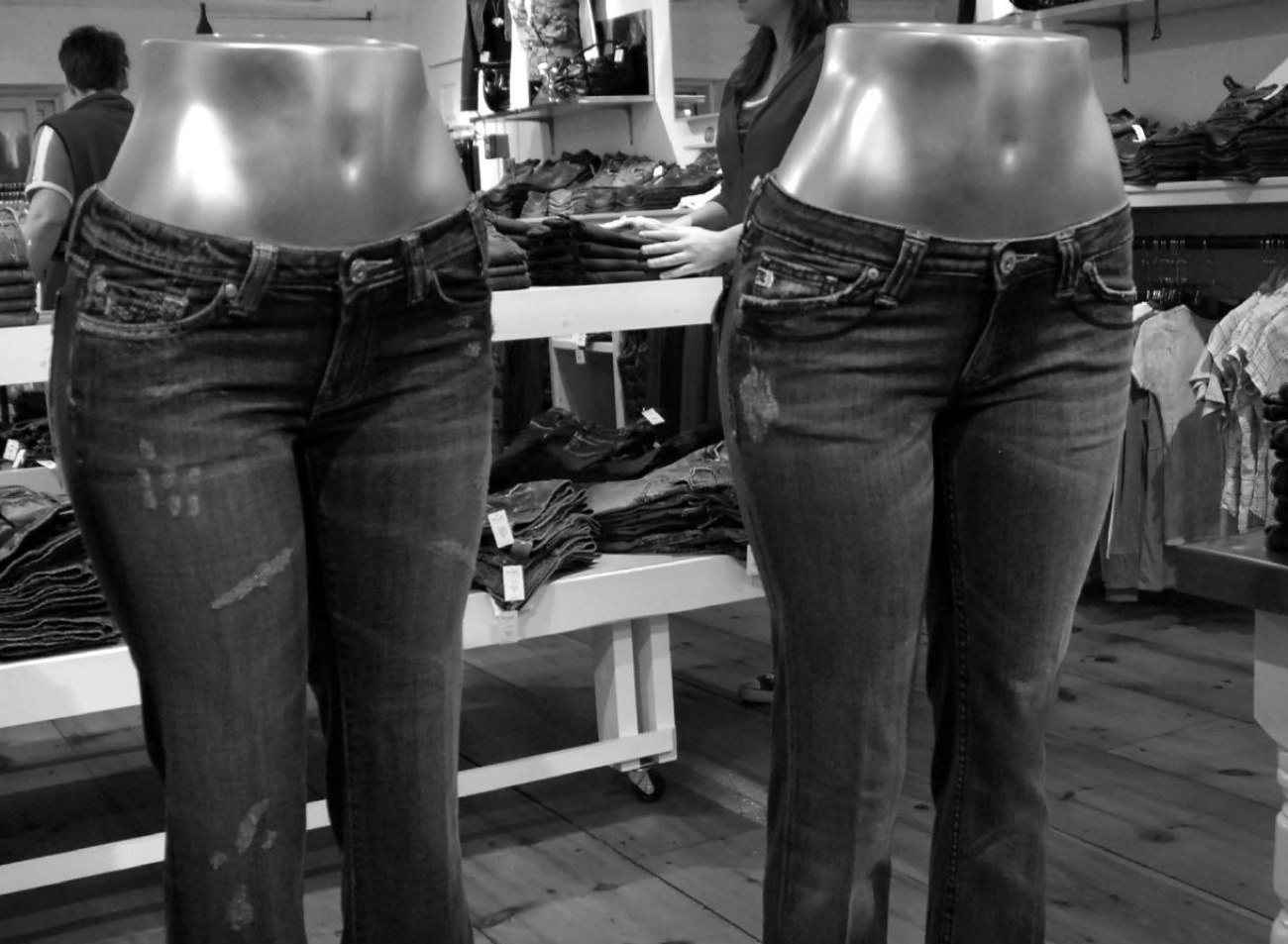
2010s
Skinny jeans dominated the market and a little bit of Lycra or Spandex woven into the denim became the norm. These jeans were pretty much like denim leggings, leading to the term “jeggings”. But, even though some estimate this trend has run its course already, we’ve not quite moved on from wanting a little stretch in our denim for both comfort and mobility.
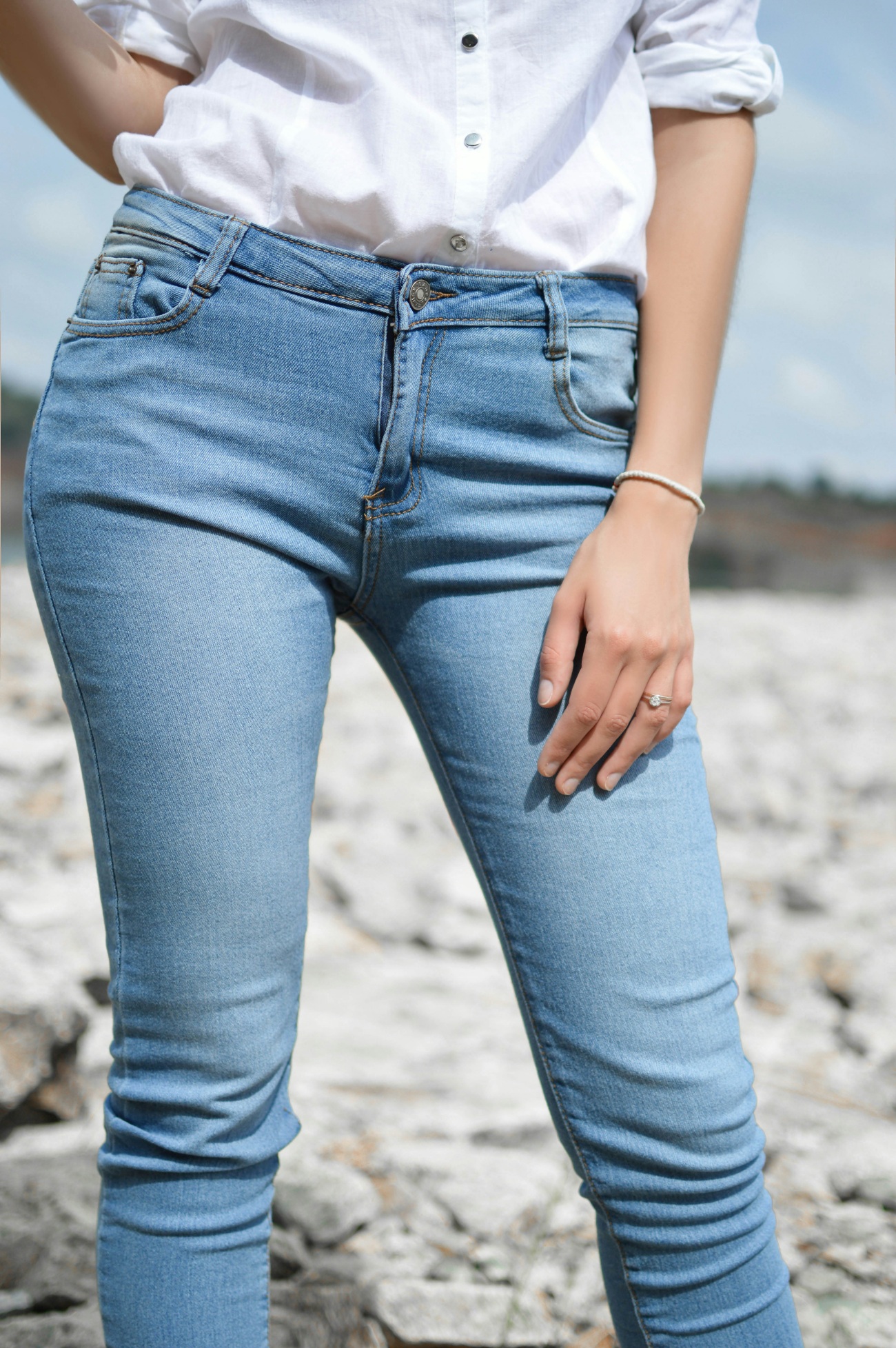
Along with jeggings came the high rise jean, something that harkened back to the early jeans for women and gave a slightly retro feel to many looks of the decade.
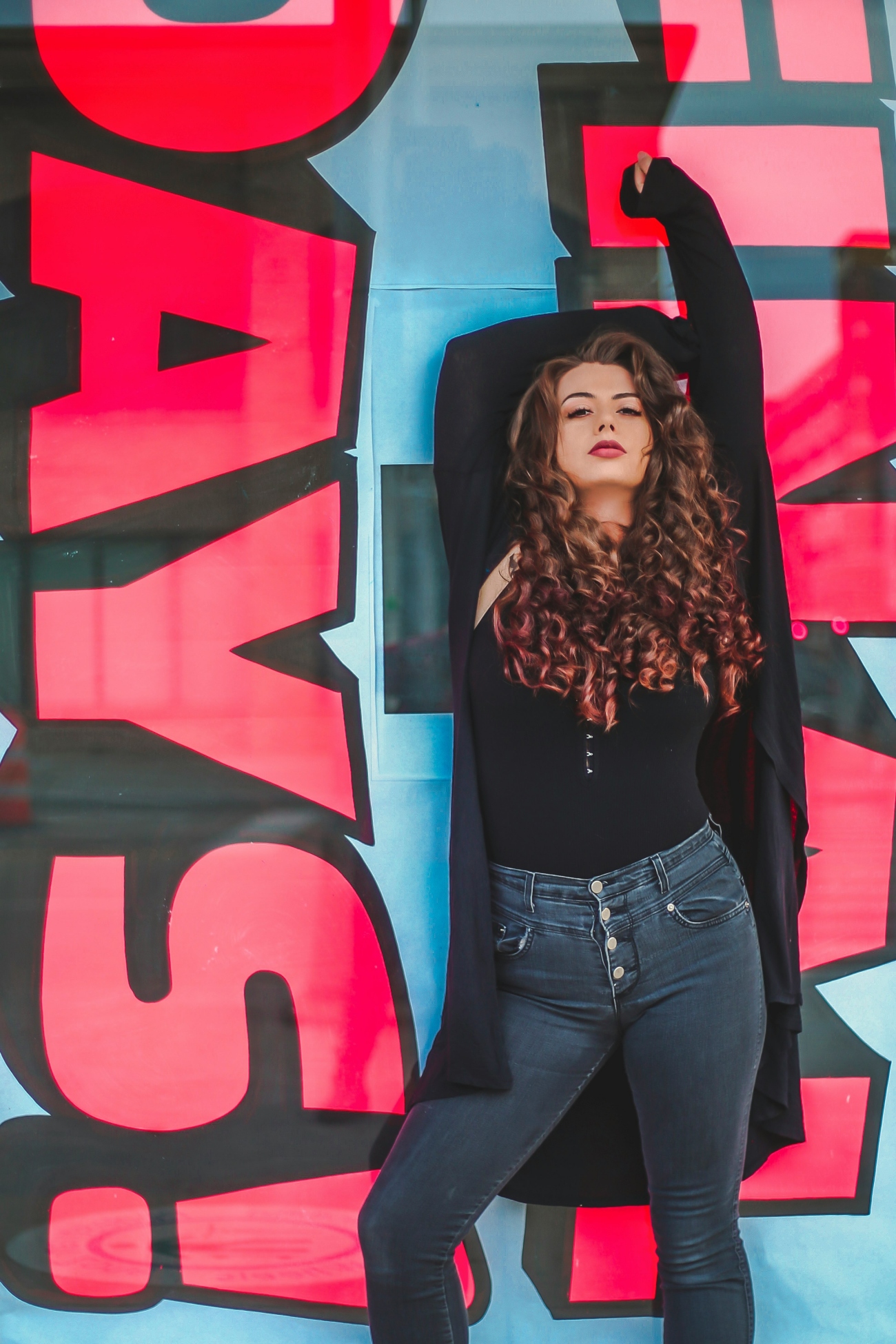
2020s
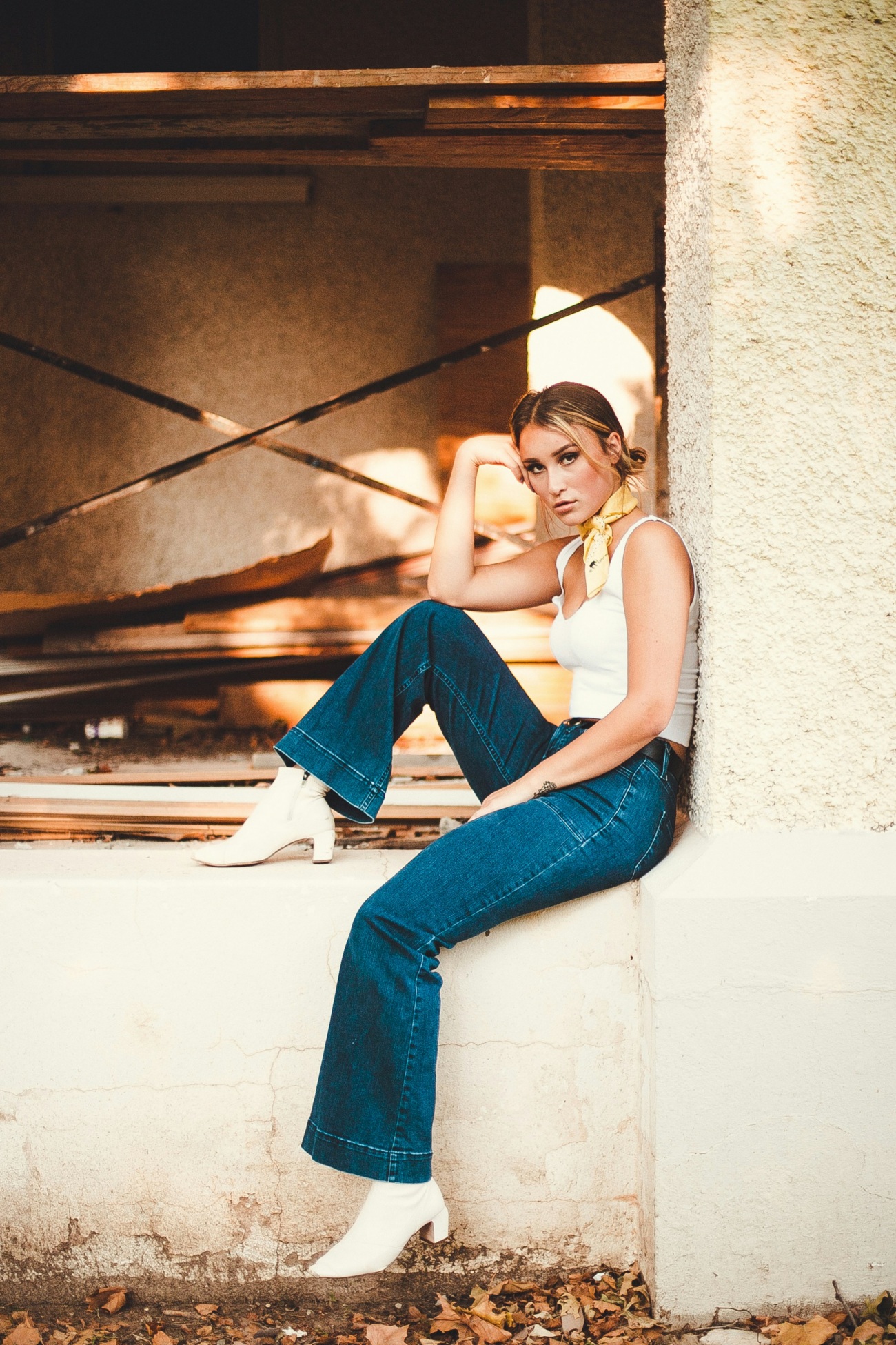
Bell bottoms and wide leg pants have now returned to fashion, with a more relaxed fit seen just about everywhere you look. While much of our denim still has a bit of stretch, the old fashioned “hard” denim is making a comeback along with the nostalgic styles, making the structured jeans of the earlier eras a sought after look.
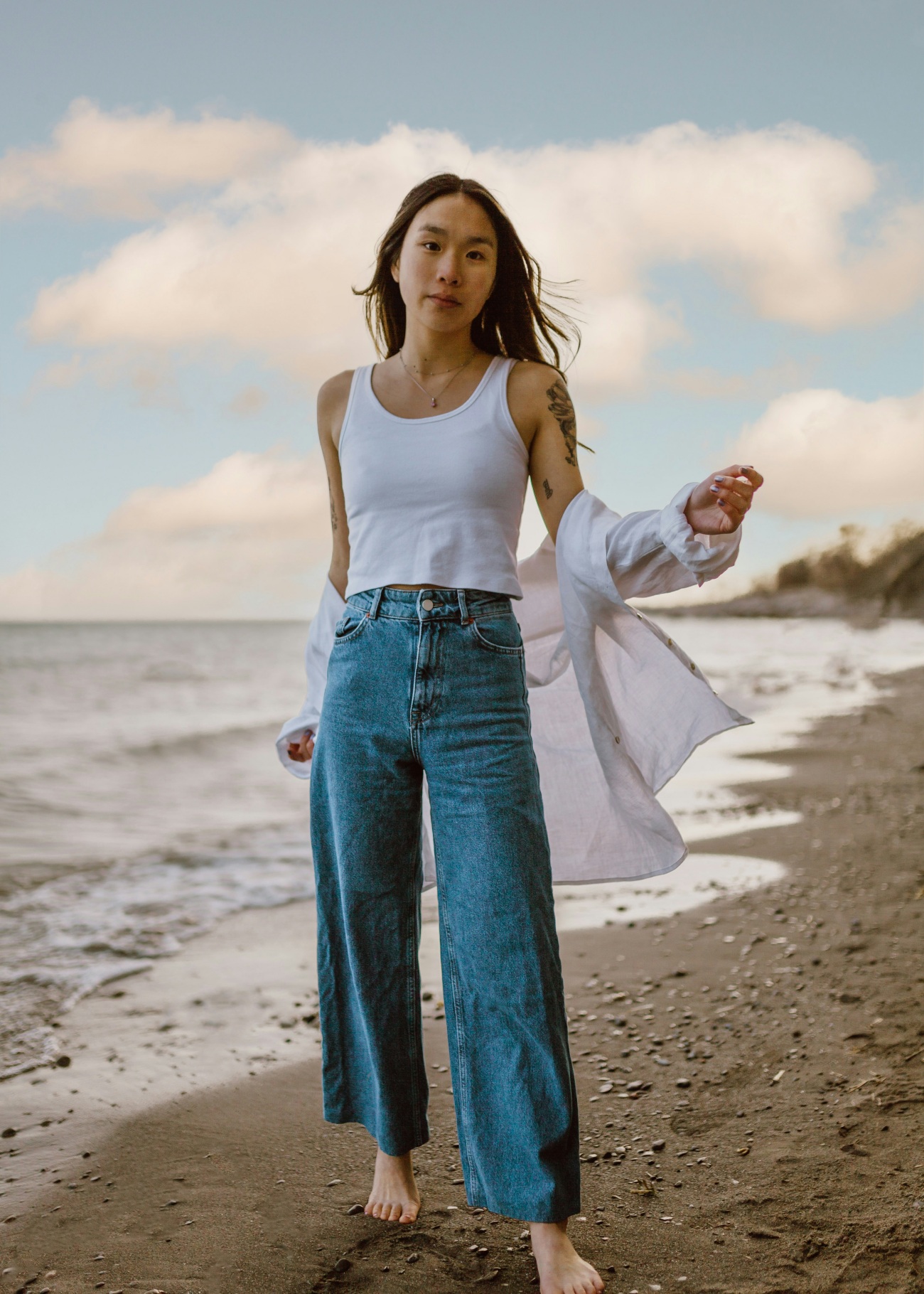
Today Levi’s makes a huge range of different styles for women, something that the women of the 1930s would never have guessed possible!
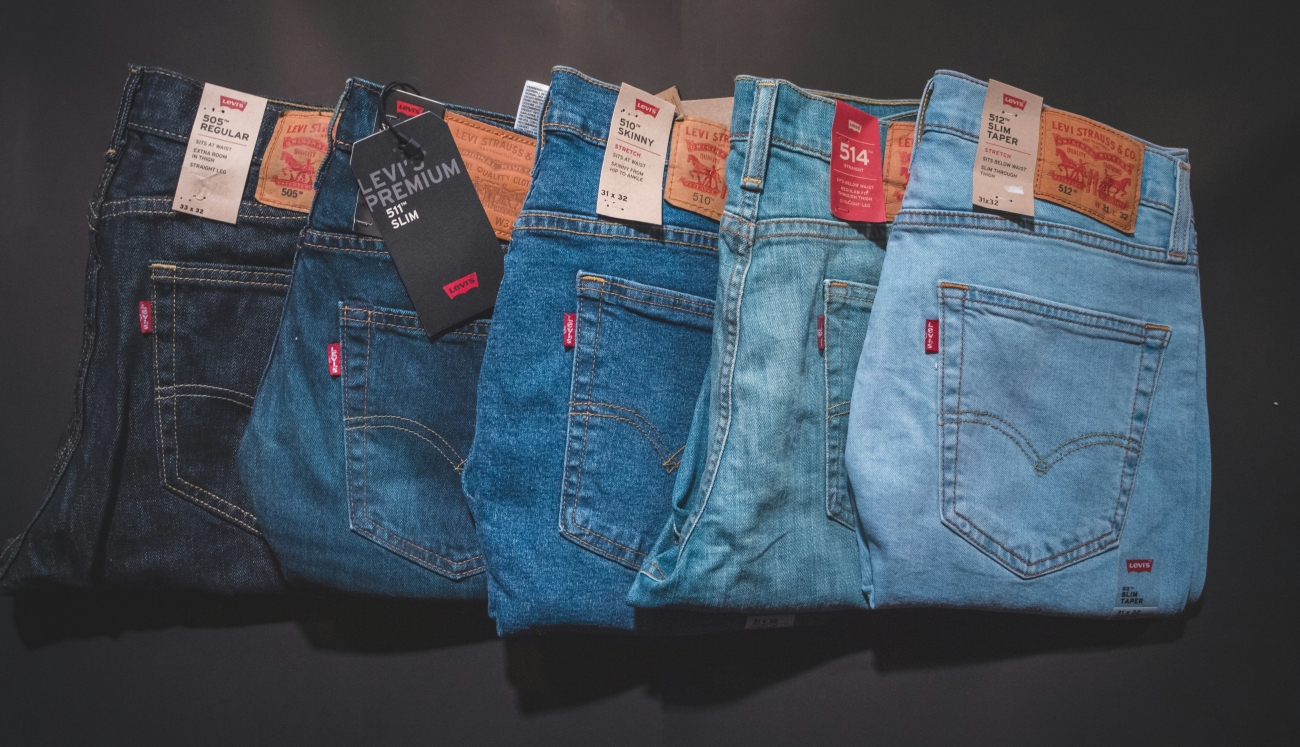
SKM: below-content placeholderWhizzco for DOT

